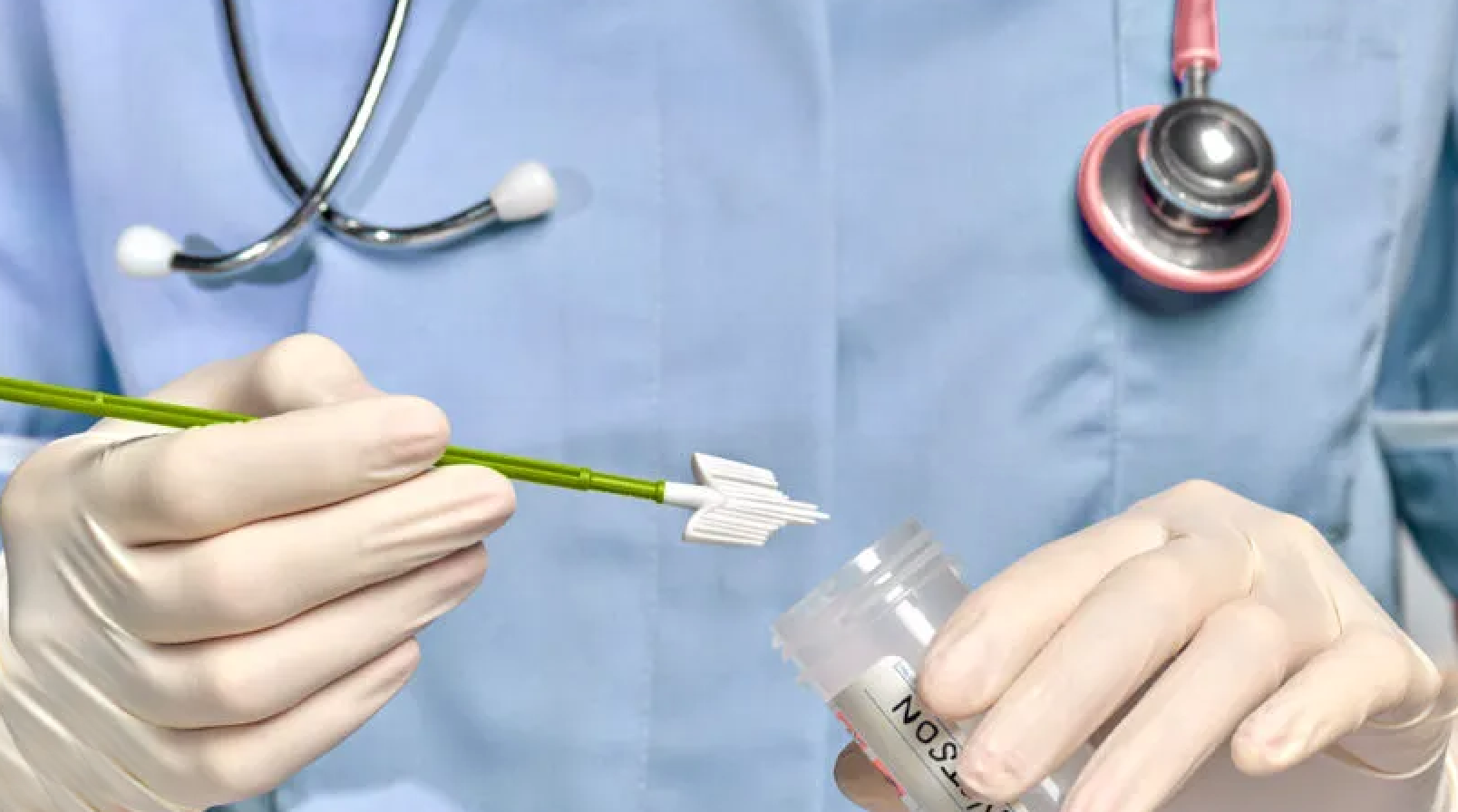Welcome back to our series on primary HPV testing in cervical cancer screening. Today, we turn our attention to the experts who have raised significant concerns about the American Cancer Society’s (ACS) 2020 guidelines advocating for HPV testing as the preferred screening strategy over other options. This topic has sparked a considerable amount of debate within the medical community, and we’re here to delve into the arguments behind it.
Limited Choices of FDA-Approved Platforms
One formidable challenge impeding the broader adoption of HPV testing as the primary screening approach is the limited number of FDA-approved HPV testing platforms. Presently, only two platforms have been awarded FDA approval explicitly for primary HPV screening, while five platforms have earned approval for co-testing and reflex testing. This limited array of FDA-approved options has raised questions about equitable access for this testing across different patient populations. Healthcare providers must take a vigilant approach, ensuring that that their partnered laboratories are using an FDA-approved platform for primary HPV screening.
Insights From Healthcare Providers
Professional organizations like the American College of Obstetricians and Gynecologists (ACOG) have yet to fully embrace the ACS’s latest guidelines. ACOG continues to underscore the merits of co-testing, citing its superior sensitivity and specificity. Supporting this viewpoint is a study1 conducted between October and December 2020. In this study, a resounding 96% of healthcare providers from three major healthcare systems deemed co-testing with both HPV and cytology as either somewhat effective or very effective for women aged 30 to 65, compared to a modest 66% who expressed similar confidence in primary HPV testing alone.
Concerns About Sample Adequacy
The quality of samples used in HPV testing is another key concern. While certain HPV test platforms incorporate control features that verify the presence of human DNA, a contributing factor to their FDA approval, these tests fall short of confirming that the sample is from the most clinically relevant areas. Specifically, they cannot guarantee that the sample derives from the transformation zone, where most cervical cancers and their precursor lesions are likely to originate. Healthcare providers need to take this limitation into account as they navigate their screening decisions.
Insurance and Social Disparities
The landscape of insurance coverage adds another layer of complexity to the situation, exacerbating existing social disparities—particularly in the United States, where a comprehensive national cervical cancer screening program is notably absent. Lower-income and minority women often face both inadequate screening options and higher prevalence of HPV infection and invasive cervical cancer. The scenario becomes even more precarious when insurance companies opt to cover only one type of test—be it HPV or cytology—leaving women potentially vulnerable, as co-testing offers an additional layer of protection. In contrast, countries like Australia, with more structured screening programs, demonstrate fewer disparities in access to screening and treatment.
Psychological Impact of a Positive HPV Result
As we have explored in previous discussions, HPV-based testing has been shown to be more sensitive in detecting HPV infections compared to cytology, which primarily focuses on identifying morphological evidence of HPV infection and pre-cancerous lesions. Introducing HPV as the primary method of screening would mean a significantly larger number of women being informed that they harbor a high-risk HPV infection, even if the likelihood of the infection progressing to invasive cancer is minimal. Such outcomes could place an undue psychological and medical burden on these women, amplified by the social stigma associated with sexually transmitted infections (STIs) and the potential impact on relationships.
Stay tuned for our next installment, where we will delve deep into the concerns surrounding false negatives and false positives in primary HPV screening.
[1] Kruse et al. Provider beliefs in effectiveness and recommendations for primary HPV testing in 3 health-care systems. JNCI Cancer Spectr. 2023 Jan 3;7(1):pkac086. doi: 10.1093/jncics/pkac086.
Kruse GR, Lykken JM, Kim EJ, Haas JS, Higashi RT, Atlas SJ, McCarthy AM, Tiro JA, Silver MI, Skinner CS, Kamineni A. Provider beliefs in effectiveness and recommendations for primary HPV testing in 3 health-care systems. JNCI Cancer Spectr. 2023 Jan 3;7(1):pkac086. doi: 10.1093/jncics/pkac086.

